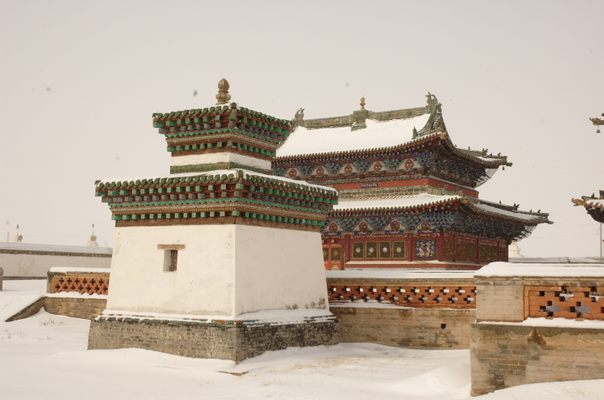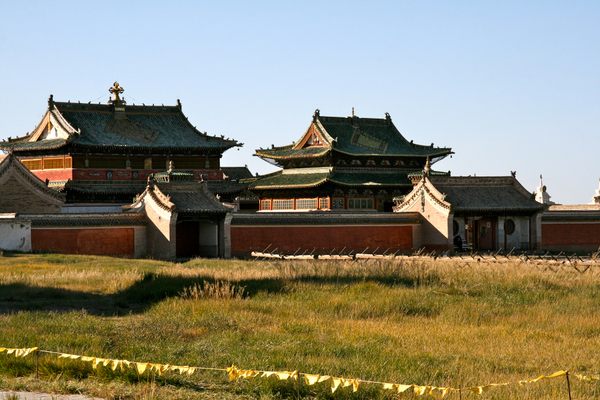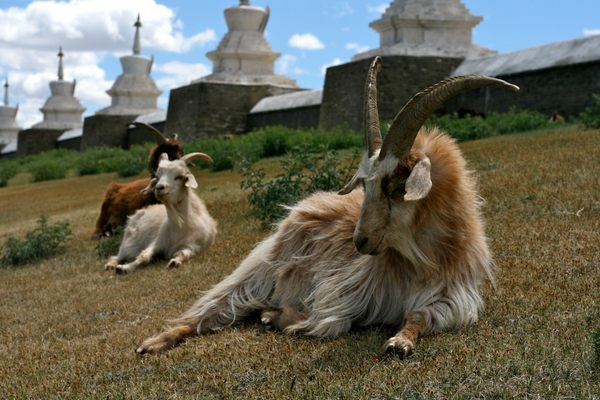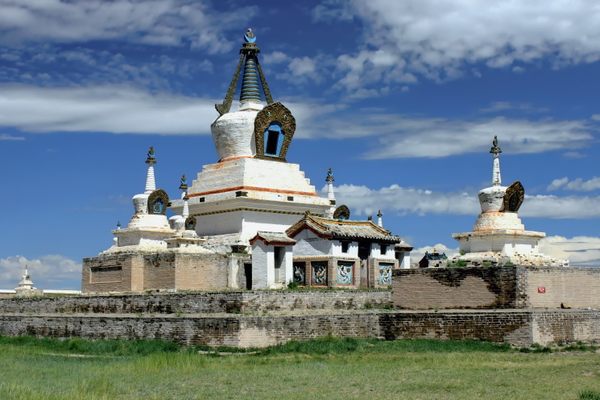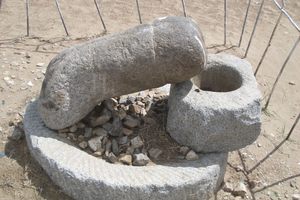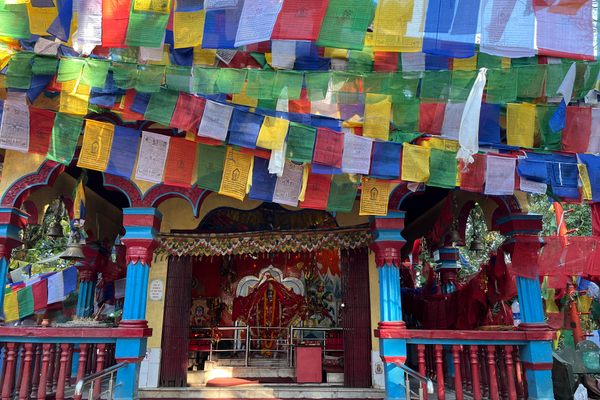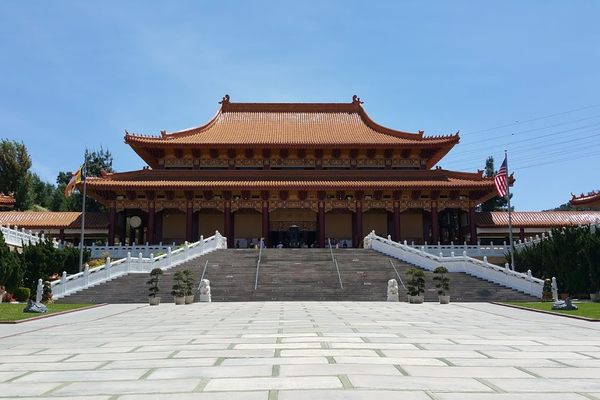About
The establishment of Erdene Zuu dates at least to 1585, and some posit it goes back much further, as far as the 8th century. It is the oldest surviving Buddhist monastery in Mongolia. The name translated means “100 Treasures,” a nod to the number of original temples and the chain of stupas (mounded reliquaries) that form the exterior walls of the sacred site. Tangled in its legacy, there are the scars of centuries of fighting across those sacred walls.
The history of Erdene Zuu is a mix of invasions, religious purges, political shifts, and outright murder. Damaged and dismantled in 1688 during a conflict between Dzungars (a confederation of Mongolian tribes) and Khalkha Mongols (historically ruled by the Khans), what remained of the monastery was reassembled in the 18th century.
Again, in 1939, the order suffered a blow at the hands of Khorloogiin Choibalsan, the Communist leader of Mongolia, who ordered the destruction of scores of temples and the slaughter of thousands of monks throughout the country. All that remained of Erdene Zuu were three temples and a small order, with nearly one hundred structures destroyed and an estimated one thousand members either murdered or imprisoned.
It was either sheer luck or the twisted wisdom of Stalin that saved the site from total destruction, kept as a token of “religious tolerance” to be put on display for international visitors, including U.S. Vice President Henry A. Wallace during a trip in the late 1940s. Intervention by the Soviet leader convinced the Mongolian regime to spare the monastery, a move motivated less by goodwill than by political pretense.
But tolerance under Stalin and Khorloogiin Choibalsan only went so far, and the monastery was forced to convert into a museum. It remained in this religious limbo until the 1990s, after the fall of the Soviets and reversion of the site to the lamas. It still wears both hats today, and the wall of 108 stupas that surround the compound, clearly visible from a mile away, are in a good state of repair. Inside there are several temples and additional stupas, the oldest dating to 1799. One particular area of historic destruction by the Communists is cordoned off, but its foundations are still visible. There are plans to rebuild, but work has yet to begin. Erdene Zuu, after so many centuries of sheer will to survive, will get that work done.
Related Tags
Know Before You Go
Part of the Orkhon Valley Cultural Landscape World Heritage Site, the monastery is in central Mongolia, about a quarter mile northeast of the center of Kharkhorin.
Mongolia's Summer Danshig Festival
Desert skies, festivals, and wild horses in Mongolia.
Book NowPublished
April 13, 2017
